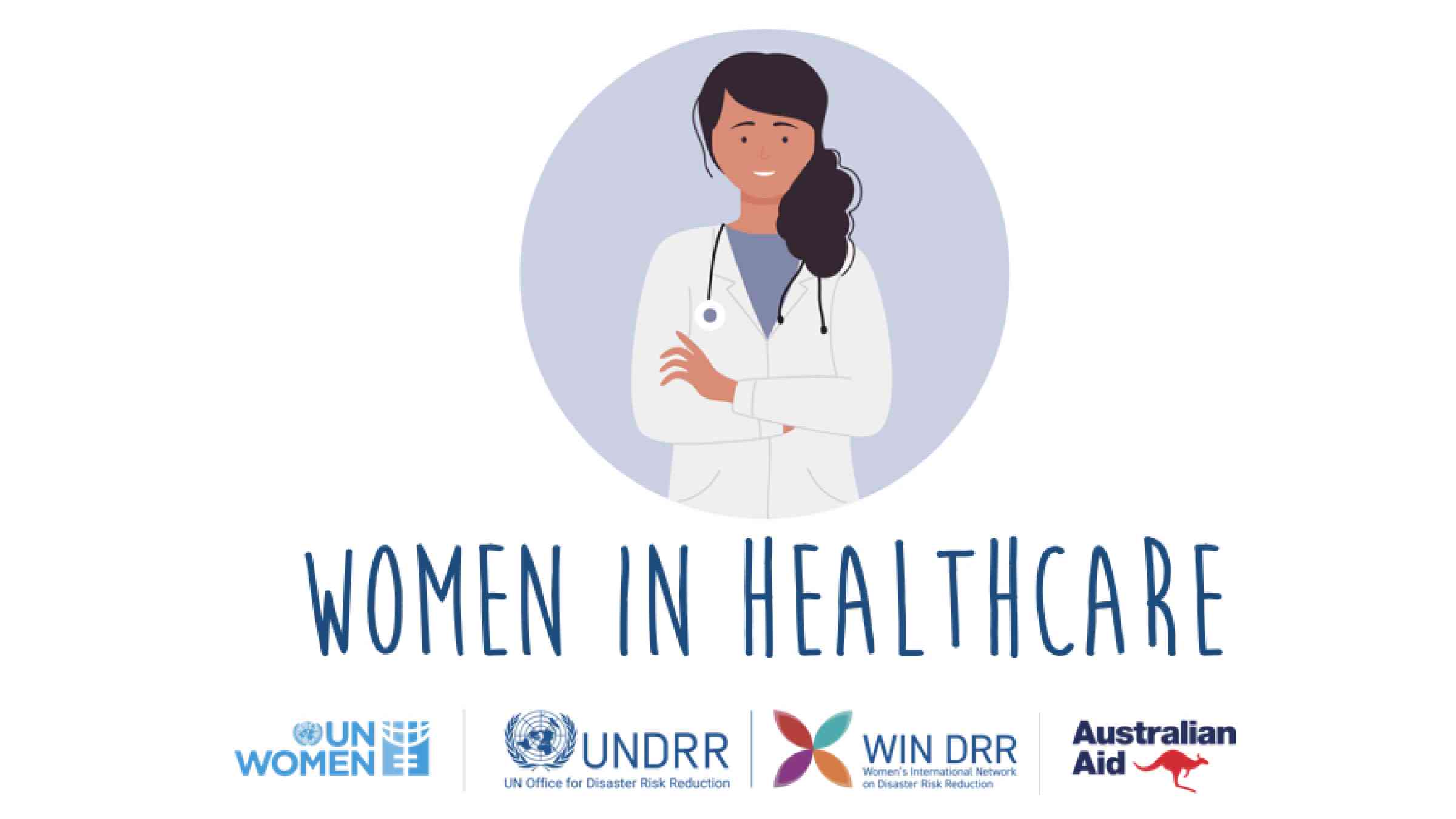A Comprehensive Overview on How Healthcare RCM Functions to Simplify Payment and Collections
Browsing the intricacies of healthcare earnings cycle administration (RCM) is vital for service providers aiming to enhance their payment and collections procedures. The overview unpacks the intricacies of RCM, from client enrollment to accounts receivable administration, offering insights into maximizing each step.
Recognizing Profits Cycle Management
Grasping the intricacies of Income Cycle Management (RCM) is essential for healthcare organizations aiming to maximize their monetary efficiency. RCM is an essential management function that incorporates the entire economic procedure of person care, from the preliminary appointment setting to the last repayment of the balance. It is a complicated procedure made to identify, collect, and handle the income from the solutions provided to patients. Reliable RCM guarantees that healthcare carriers get precise and prompt settlements, lessening the danger of revenue loss and improving cash money flow.
The RCM procedure starts when a person timetables a visit and extends with the individual's care journey, including payment and collections. A vital purpose is to lower the time between giving a solution and receiving repayment, therefore boosting the company's economic wellness. RCM entails various features such as person registration, insurance coverage confirmation, cost capture, coding, asserts entry, payment posting, and handling allures and rejections.
Key Parts of RCM
In the world of Income Cycle Monitoring (RCM), understanding its crucial components is basic to achieving economic effectiveness within medical care companies. RCM is a detailed procedure that incorporates numerous stages, each critical to making certain reliable payment and collections. The main components include patient enrollment, insurance coverage confirmation, charge capture, coding, claim submission, payment publishing, and receivable monitoring.


When coded, insurance claims are sent to payers, where accuracy is paramount to prevent denials or hold-ups - Healthcare RCM. Repayment posting entails recording the gotten repayments, which enables the settlement of accounts. Finally, accounts receivable management concentrates on tracking and attending to unpaid claims, making certain prompt follow-up and resolution
Each element of RCM is interconnected, and ineffectiveness in any type of part can interrupt the entire cycle. For that reason, understanding these aspects is essential for health care service providers to enhance earnings and boost their financial health.
Methods for Reliable Billing
Standardizing invoicing procedures across the company is an additional key approach. Developing clear guidelines for documentation, coding, and entry helps keep uniformity and conformity with regulative requirements. Training team on a regular basis on these treatments ensures everyone is updated with the current modifications in billing codes and payer plans.
Accurate charge capture is necessary in avoiding profits leak. Implementing regular audits and monitoring systems permits the recognition and improvement of disparities before they affect revenue. In addition, keeping open lines of interaction with payers helps to promptly resolve any type of conflicts or misconceptions that may occur.

Lastly, appealing people early in the invoicing process by offering clear estimates and educational materials regarding their economic obligations can substantially lower confusion and enhance settlement timeliness. These techniques collectively add to a much more financially healthy and balanced and effective invoicing system.
Enhancing Collections Procedures
Given the intricacies of clinical billing and the range of payer demands, enhancing the collections procedure entails carrying out critical procedures that make sure timely and click this site precise payment of services rendered. Automation tools can assist in tracking claim standings, sending out prompt suggestions to people, and taking care of rejections extra efficiently.
Clear and transparent individual communications are essential. Giving in-depth descriptions of charges and offering versatile payment plans can enhance client complete satisfaction and punctual payments.
Routine audits of the collections process need to be performed to determine locations for enhancement and make sure conformity with policies. By analyzing information, medical care companies can identify fads, prepare for potential problems, and adjust methods appropriately (Healthcare RCM). Eventually, a well-enhanced collections process not only sustains economic wellness however likewise contributes to an extra seamless experience for patients and team alike
Optimizing Income Streams
Structure upon the foundation of a solid collections procedure, health care organizations can additionally reinforce their financial security by strategically optimizing revenue streams. This involves a multi-faceted approach, starting with a detailed evaluation of existing earnings resources to determine ineffectiveness and locations for growth. Employing innovative information analytics devices makes it possible for organizations to obtain insights right into payer mix, individual demographics, and solution usage patterns, permitting data-driven choices that boost revenue capture.
Applying automated invoicing systems can dramatically minimize mistakes and quicken claims refining, making sure that income is collected a lot more efficiently. Moreover, enhancing payer contracts through normal negotiations can boost reimbursement rates and terms, directly affecting the bottom line. Expanding service offerings, such as integrating telehealth or health programs, can also bring in a wider person base, hence enhancing earnings capacity.
One more important component is improving individual interaction and contentment, as completely satisfied individuals are most likely to stick to treatment strategies and make prompt payments. Offering versatile repayment options and transparent payment methods can boost collections and foster patient loyalty. Healthcare RCM. By taking on these methods, medical care companies can develop a much more click to find out more durable financial structure, making certain continual development and security in an ever-changing industry landscape
Verdict
In conclusion, medical care Income Cycle Administration (RCM) plays a critical role in enhancing billing and collections processes by incorporating key elements such as client enrollment, insurance confirmation, fee capture, coding, declares submission, and receivable management. By employing sophisticated modern technology, standardizing procedures, and cultivating person interaction, doctor can dramatically reduce claim rejections, increase payment cycles, and enhance capital. This extensive technique to RCM inevitably leads to boosted financial efficiency and sustainability for medical care organizations.
The RCM procedure begins when a person routines an appointment and prolongs through the client's treatment trip, consisting of billing and collections.An additional critical part is enhancing patient involvement and fulfillment, as satisfied clients are extra likely to stick to treatment plans and make timely payments. Supplying adaptable payment choices and transparent billing techniques can boost collections official website and foster patient commitment.In final thought, health care Revenue Cycle Management (RCM) plays an important duty in maximizing payment and collections processes by incorporating crucial elements such as client registration, insurance verification, fee capture, coding, claims entry, and accounts receivable management. By utilizing sophisticated technology, systematizing treatments, and fostering individual involvement, healthcare service providers can considerably minimize claim denials, increase payment cycles, and improve cash money circulation.
Comments on “Comprehensive Healthcare RCM for Improving Client Payment and Repayments”